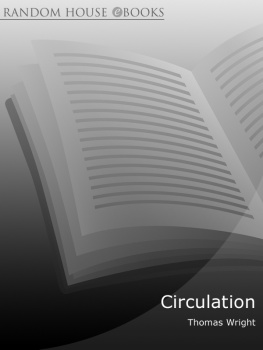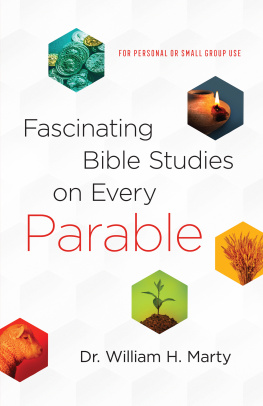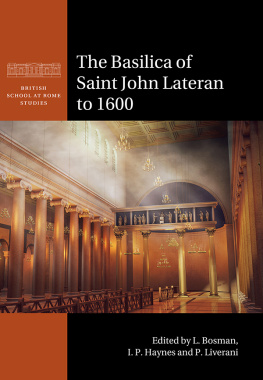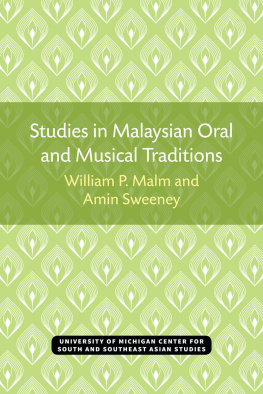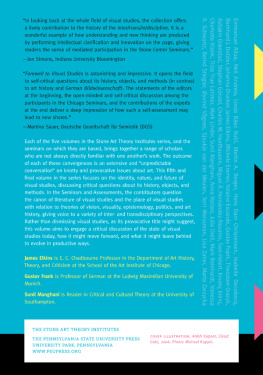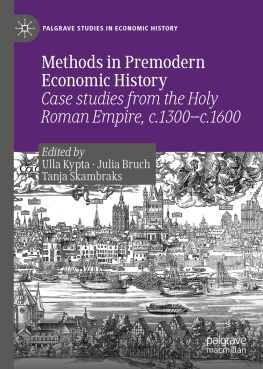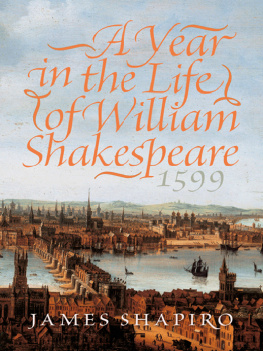Contents
About the Book
For a man of such diminutive stature, William Harvey had a huge impact on anatomy and modern biology. Arguably the greatest Englishman in the history of science after Newton and Darwin, Harveys obsessive quest to understand the movement of the blood overturned beliefs held by anatomists and physicians since Roman times. His circulation theory was as controversial in its day as Copernicus idea that the earth revolved around the sun.
Set in the beating heart of late Renaissance London, Thomas Wrights vivid and visceral biography shows how Harvey drew inspiration not only from his dissections and vivisections, but also from the world around him: from Englands bustling trade networks to technological developments of the time. It features a dramatic cast of historical characters, including Francis Bacon, Englands Lord Chancellor and a recalcitrant patient of Harveys; John Donne, a poet and preacher fascinated with anatomy and the human heart; and King Charles I, Harveys beloved patron and witness to many of his experiments.
Harveys circulation theory, in turn, permeated and altered the culture and language of its time, influencing poets and economists. To the dismay of the arch-Royalist Harvey, it also encouraged radical political ideas and just as cherished anatomical orthodoxies could be toppled, so was the King during the Civil War. In more ways than one, Harveys idea was truly revolutionary, yet astonishingly, it gained currency in his lifetime.
Circulation charts the remarkable rise of a yeomans son to the position of Kings physician, offers a fresh interpretation of his ideas, and above all, celebrates a brilliant mind that epitomized a rich moment in Englands intellectual history.
About the Author
Thomas Wright was educated at Saint Thomas More RC School, Bedford, and Magdalen College, Oxford. His groundbreaking Oscars Books (Chatto & Windus, 2008), a portrait of his hero Oscar Wilde though his reading, was hailed by Craig Brown as an original and eccentric landmark in the art of literary biography. His play, Death in Genoa, was recently produced in London and broadcast on website of The Independent. He lives in Oxford.
ALSO BY THOMAS WRIGHT
Oscars Books
List of Illustrations
Portrait of Harvey (c. 1650)
Illustration of the vivisection of a dog (1647)
Caius College, Cambridge (c. 1690)
The Gate of Virtue
Richard Lynnes birds-eye view of Cambridge (1574) (Bridgeman Art Library)
A book-fool from The Ship of Fools (1509)
Portrait of Vesalius (1543)
The title page of Vesalius De humani corporis fabrica (1543)
The facade of the Palazzo del Bo (1654)
Harveys stemma (19th c. illustration)
The Botanical Garden at Padua (1654) (Bridgeman Art Library)
Donatellos bronze relief of the Miracle of the man with the avaricious heart; the Basilica of Saint Anthony, Padua ( Elio Ciol/CORBIS)
Giottos Charity; the Scrovegni Chapel, Padua
The anatomy theatre at Padua University (1654)
The anatomy theatre at Padua on the title page of an anatomical volume (1647) (Wellcome Library, London)
Seventeenth-century portrait of Fabricius
Section of a map of London (c. 1570) (Bridgeman Art Library)
St Bartholomews Hospital (1720) (Wellcome Library, London)
Apothecaries and surgeons tending to their patients (1646) (Wellcome Library, London)
Portrait of Harvey (1620s) (Wellcome Library, London)
The Harvey Coat of Arms (19th c.) (Wellcome Library, London)
A page from Harveys lecture notes (c. 16151629) (Wellcome Library, London)
Anatomical instruments shown in an illustration from Vesalius Fabrica (1543)(Bridgeman Art Library)
John Banister giving an anatomical lecture to surgeons and barbers (1581)
Figures from De motu cordis (1628)
Posthumous portrait of Francis Bacon (1657)
Portrait of John Donne (19th c. engraving from portrait of 1610)
Portrait of Robert Fludd (17th c.) (Bridgeman Art Library)
Frontispiece of the hermetical text, Oceanus macro-microcosmicus (1664) (Wellcome Library, London)
Illustration from Salomon de Caus Les raisons des forces mouvantes (1615) (Bodleian Library, Oxford)
Title page of De motu cordis (1628) (Wellcome Library, London)
Portrait of Caspar Hofmann (1632) (Wellcome Library, London)
Portrait of Descartes (17th c. engraving of portrait painted c. 1649 by Frans Hals)
Portrait of Harvey (1650s)
For S. G., cor cordium
Use of the poetic faculty in science?
Rem[ember] how the early Greeks had mystic anticipations of nearly all great modern scientific truths: the problem really is what place has imagination and the emotions in science: and primarily rem[ember] that man must use all his faculties in the search for truth: in this age we are so inductive that our facts are outstripping our knowledge there is so much observation, experiment, analysis so few wide conceptions we want more ideas and [fewer] facts: the magnificent generalizations of Newton and Harvey c[oul]d never have been completed in this mod[ern] age where eyes are turned to earth and particulars.
Oscar Wilde, Oxford Notebooks
Preface
IN 1628 WILLIAM Harvey published his revolutionary circulation theory of the movement of the blood. The theory demolished centuries of anatomical and physiological orthodoxy, and introduced a radical conception of the workings of the human body that had profound cultural consequences, influencing economists, poets and political thinkers. Its impact on what we now call the history of science, and on general culture, was arguably as great as Darwins theory of evolution and Newtons theory of gravity.
Harvey was one of the great heroes of the English Renaissance. He illuminated England with the flame of continental learning, having acquired the basis of his intellectual vision at Padua University. In the process, he became famous among his discerning contemporaries as the first Englishman to be deeply curious in Anatomie, and the first to make vivisections of Frogges, Toades, and a number of other Animals. He was also revered as the only man in history who lived to see his revolutionary idea gain wide currency.
Yet despite all this, Harvey is not as well known as many other English scientists (to use a nineteenth century term), or indeed as many other notable English men and women of his period. His life, and the story of his quest to understand the movement of the blood and the function of the heart, deserve to be better known. Circulation tells that story it is the biography of an idea as much as it is the biography of a man.
Born of Kentish yeoman stock, William Harvey had two great ambitions: worldly advancement and intellectual immortality. These aims were closely linked for him, just as they were for William Shakespeare. For both these sons of the English yeomanry, intellectual achievement offered the only accessible route to social progress. Harveys twin ambitions were related in a practical sense as well: it was only when he had achieved material success, and established his name as a physician, that he could buy time for his researches and gain an audience for his theory. His unconventional ideas would have been disregarded had they not been endorsed by the President of the College of Physicians, or by his beloved patron, King Charles I.
Harveys rise through the professional and social ranks provides the background to my account of his private anatomical studies. His worldly progress is outlined in Part I, along with his intellectual formation. The story of his quest proper begins in Part II, where Harveys countless experiments (as we would call them) on human corpses and live animals are described, and the development of his revolutionary idea is charted.
Next page
